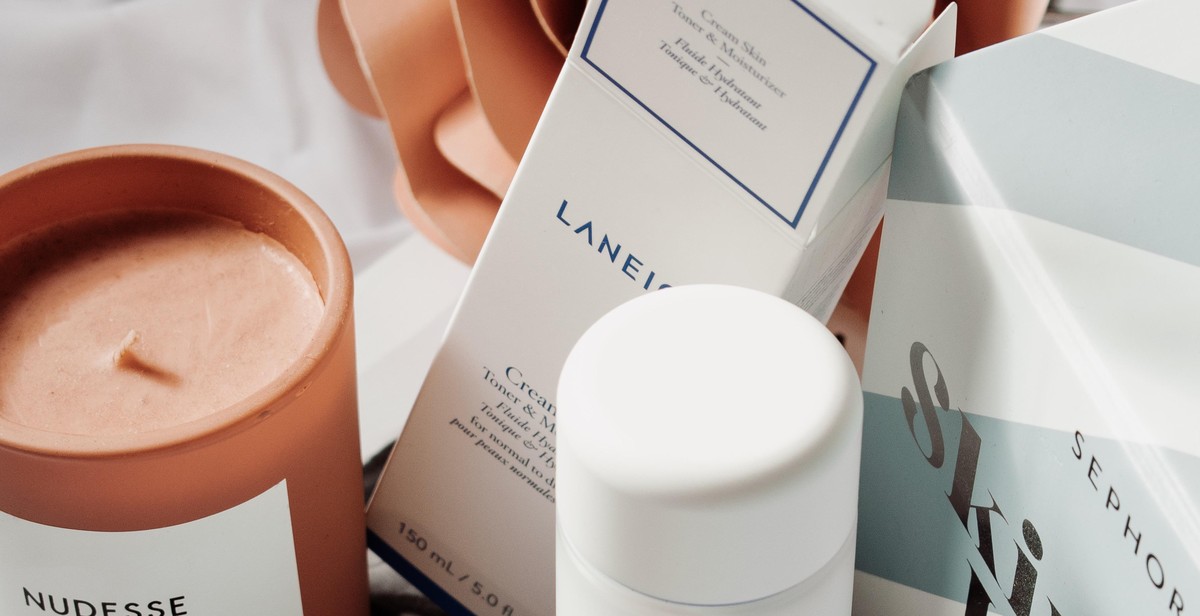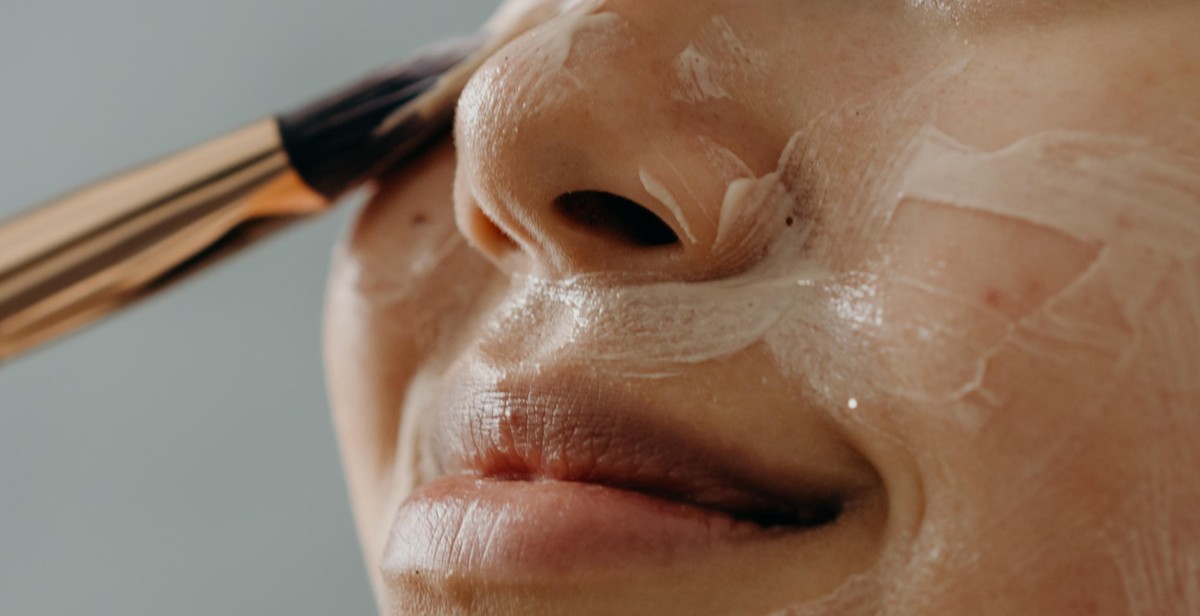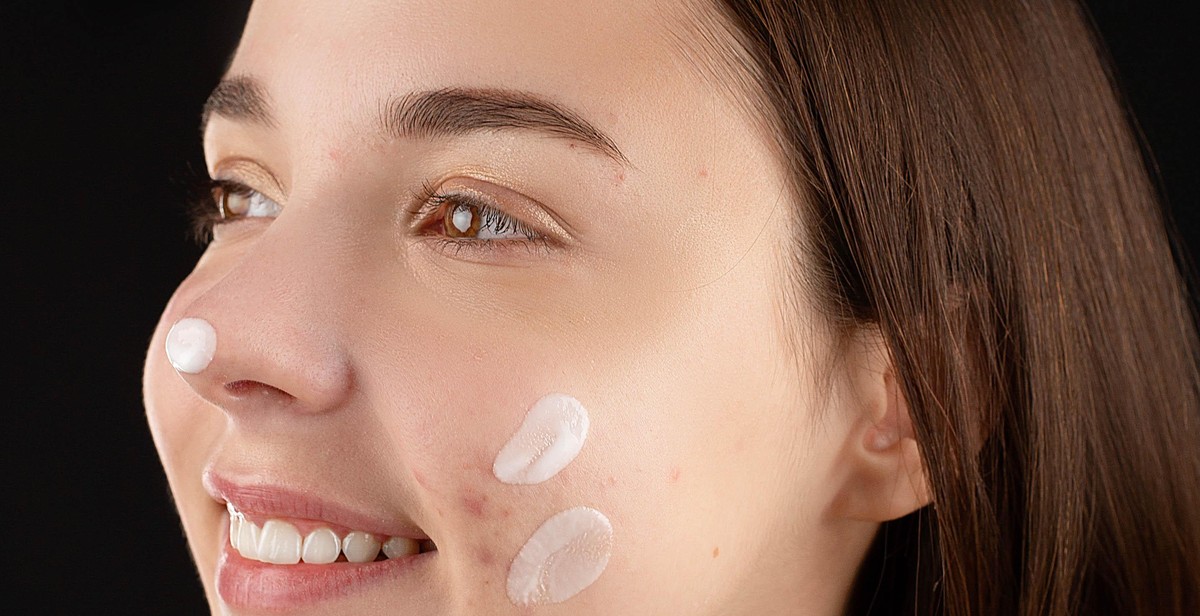How to Properly Cleanse and Exfoliate Your Skin
Having a proper skincare routine is essential for healthy and glowing skin. Cleansing and exfoliating are two crucial steps in any skincare routine that help to remove dirt, impurities, and dead skin cells from the surface of the skin. However, if not done correctly, it can cause damage to your skin and make it look dull and lifeless. In this article, we will discuss the proper way to cleanse and exfoliate your skin to achieve a healthy and radiant complexion.
The Importance of Cleansing
Cleansing is the first step in any skincare routine. It helps to remove dirt, oil, and makeup from the skin, which can clog pores and cause breakouts. Cleansing also prepares the skin for other skincare products, making them more effective. However, it is essential to use the right type of cleanser for your skin type to avoid stripping the skin of its natural oils.
The Benefits of Exfoliating
Exfoliating is the process of removing dead skin cells from the surface of the skin. It helps to unclog pores, reduce the appearance of fine lines and wrinkles, and improve skin texture. However, over-exfoliation can damage the skin, so it’s important to choose the right exfoliator and limit it to once or twice a week.
By following these simple steps, you can achieve healthy and glowing skin that is free from impurities and dullness.

Why Is Skin Cleansing and Exfoliation Important?
Skin cleansing and exfoliation are essential parts of any skincare routine. They help to remove dirt, oil, and dead skin cells from the skin’s surface, leaving it clean, fresh, and glowing. But why are these steps so important?
Cleansing
Cleansing is the first and most crucial step in any skincare routine. It helps to remove dirt, oil, and makeup from the skin’s surface, preventing clogged pores and breakouts. Cleansing also prepares the skin for the next steps in the routine, allowing for better absorption of serums, moisturizers, and other skincare products.
However, it’s essential to choose the right cleanser for your skin type. For example, if you have oily skin, you should look for a cleanser that removes excess oil without stripping the skin of its natural moisture. If you have dry skin, you should opt for a gentle, hydrating cleanser that won’t further dry out your skin.
Exfoliation
Exfoliation is the process of removing dead skin cells from the skin’s surface. It’s an essential step in any skincare routine as it helps to unclog pores, improve skin texture, and promote cell turnover. Exfoliation also allows for better absorption of skincare products, as it removes the layer of dead skin cells that can block their penetration.
However, it’s important to exfoliate gently and not overdo it. Over-exfoliation can damage the skin’s natural barrier, leading to dryness, irritation, and even breakouts. It’s recommended to exfoliate once or twice a week, depending on your skin type and the type of exfoliator you’re using.
Overall Benefits
Proper skin cleansing and exfoliation can have numerous benefits for your skin, including:
- Preventing clogged pores and breakouts
- Improving skin texture and tone
- Reducing the appearance of fine lines and wrinkles
- Stimulating cell turnover and promoting a healthy glow
- Allowing for better absorption of skincare products
In conclusion, skin cleansing and exfoliation are essential steps in any skincare routine. They help to remove dirt, oil, and dead skin cells from the skin’s surface, preventing clogged pores, improving skin texture and tone, and promoting a healthy glow. By incorporating these steps into your daily routine, you can achieve healthier, more radiant-looking skin.

Step-by-Step Guide for Proper Skin Cleansing
Cleansing your skin is the foundation of any good skincare routine. Proper cleansing helps to remove dirt, oil, and impurities that can clog pores and lead to breakouts, while also preparing your skin to better absorb other skincare products. Follow these simple steps to properly cleanse your skin:
1. Remove Makeup
Before cleansing, it’s important to remove any makeup from your skin. Use a gentle makeup remover or cleansing oil to dissolve and remove all traces of makeup. This step is especially important if you wear heavy or waterproof makeup.
2. Use a Cleanser
Choose a gentle, pH-balanced cleanser that’s appropriate for your skin type. Apply a small amount of cleanser to your fingertips and gently massage it onto your skin in circular motions. Be sure to focus on areas that tend to be oilier, like your T-zone, and avoid scrubbing too hard, which can irritate your skin.
3. Rinse with Lukewarm Water
Rinse your face thoroughly with lukewarm water, using your hands or a soft washcloth to remove all traces of cleanser. Avoid using hot water, which can strip your skin of its natural oils.
4. Pat Dry with a Clean Towel
Gently pat your skin dry with a clean, soft towel. Avoid rubbing your skin, which can cause irritation. Be sure to use a fresh towel each time you cleanse your skin to avoid spreading bacteria.
By following these simple steps, you’ll be able to properly cleanse your skin and keep it looking healthy and radiant.

Step-by-Step Guide for Proper Skin Exfoliation
Exfoliation is an essential step in any skincare routine as it helps to remove dead skin cells, unclog pores, and improve skin texture. Here is a step-by-step guide for proper skin exfoliation:
1. Choose the Right Exfoliator
There are two types of exfoliators: physical and chemical. Physical exfoliators contain granules or beads that physically remove dead skin cells. Chemical exfoliators contain acids that dissolve dead skin cells. Choose an exfoliator that is suitable for your skin type and concerns.
2. Apply the Exfoliator
Apply a small amount of the exfoliator to your fingertips and gently apply it to your face. Avoid the eye area and any areas of the skin that are irritated or broken.
3. Massage Gently
Using gentle circular motions, massage the exfoliator into your skin for 30-60 seconds. Do not apply too much pressure as this can cause skin irritation.
4. Rinse with Lukewarm Water
Rinse your face thoroughly with lukewarm water to remove the exfoliator. Avoid using hot water as this can strip your skin of its natural oils.
5. Moisturize
After exfoliating, it is important to moisturize your skin to prevent dryness and irritation. Choose a moisturizer that is suitable for your skin type and apply it to your face and neck.
By following these simple steps, you can ensure that you are exfoliating your skin properly and reaping the benefits of a smooth, glowing complexion.

Dos and Don’ts of Skin Cleansing and Exfoliation
Proper skin cleansing and exfoliation are essential for maintaining healthy and glowing skin. However, if done improperly, it can lead to skin irritation, dryness, and other skin problems. Here are some dos and don’ts to keep in mind when cleansing and exfoliating your skin:
Dos
- Do choose the right cleanser: Choose a cleanser that is suitable for your skin type. If you have oily skin, go for a gel-based cleanser that can help remove excess oil. If you have dry skin, use a cream-based cleanser that can moisturize your skin.
- Do use lukewarm water: Use lukewarm water to wash your face. Hot water can strip your skin of its natural oils, leaving it dry and irritated.
- Do exfoliate once or twice a week: Exfoliate your skin once or twice a week to remove dead skin cells and unclog pores. Use a gentle exfoliant that is suitable for your skin type.
- Do moisturize your skin: After cleansing and exfoliating, moisturize your skin to keep it hydrated and soft. Use a moisturizer that is suitable for your skin type.
- Do use sunscreen: Protect your skin from the harmful effects of the sun by using a broad-spectrum sunscreen with an SPF of at least 30.
Don’ts
- Don’t use hot water: Hot water can strip your skin of its natural oils, leaving it dry and irritated. Use lukewarm water instead.
- Don’t over-exfoliate: Over-exfoliating can damage your skin and cause irritation. Limit your exfoliation to once or twice a week.
- Don’t use harsh scrubs: Harsh scrubs can damage your skin and cause irritation. Use a gentle exfoliant that is suitable for your skin type.
- Don’t forget to remove your makeup: Always remove your makeup before cleansing and exfoliating your skin. Leaving makeup on can clog pores and cause breakouts.
- Don’t rub your skin too hard: Rubbing your skin too hard can cause irritation and damage. Be gentle when cleansing and exfoliating your skin.
| Dos | Don’ts |
|---|---|
| Choose the right cleanser | Don’t use hot water |
| Use lukewarm water | Don’t over-exfoliate |
| Exfoliate once or twice a week | Don’t use harsh scrubs |
| Moisturize your skin | Don’t forget to remove your makeup |
| Use sunscreen | Don’t rub your skin too hard |

Conclusion
Proper cleansing and exfoliation are essential for achieving healthy, glowing skin. By following the tips and techniques outlined in this article, you can effectively remove dirt, oil, and dead skin cells, while also promoting circulation and cell turnover.
Remember to:
- Choose the right cleanser and exfoliator for your skin type
- Be gentle and avoid over-exfoliating
- Incorporate regular cleansing and exfoliation into your skincare routine
- Protect your skin from the sun and other environmental factors
By taking these steps, you can enjoy the benefits of clear, smooth, and radiant skin. Don’t forget to listen to your skin and adjust your routine as needed, and always consult with a dermatologist if you have any concerns or questions.
Investing time and effort into proper cleansing and exfoliation will pay off in the long run, giving you the confidence to show off your beautiful, healthy skin.
| Need help with your skincare routine? | Contact us today to schedule a consultation with one of our skincare experts. |
